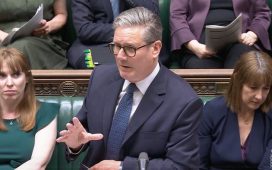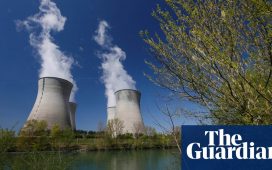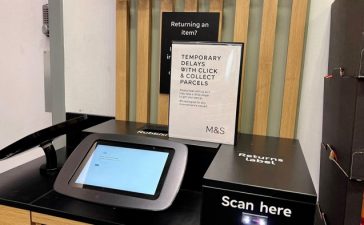Some people see nuclear power as green. Others turn that queasy colour contemplating its radioactive waste. Safety concerns are one reason for high build costs.
But there are no other mature technologies able to provide the “firm energy” that nuclear generation yields. That explains why EDF and Centrica are extending the lives of their older nuclear reactors Heysham 1 and Hartlepool in the UK, albeit for just two years.
Nuclear power provides a fair whack of Britain’s electricity: 15.5 per cent. Chucking out fossil fuel power from natural gas and coal would mean filling a gap of about 40 per cent of Britain’s electricity.
Renewable capacity would need to double to cover the gap. That assumes no growth in electricity demand over time. This is hardly realistic given plans to electrify everything from cars to home heating.
The intermittency of renewables means a more reliable baseload source is required too. Batteries can only cover short outages. Hydrogen could eventually help, but its energy efficiency is low.
All lines of inquiry lead back to higher nuclear capacity. Wednesday’s UK Budget should offer new insights into the government’s nuclear plans.
You might ask why proposed plant extensions are so short. The Heysham and Hartlepool reactors, which date from the 1980s, use an old technology called advanced gas-cooled reactors (AGR). Resulting safety concerns combined with high maintenance costs explain why the remaining life of these plants is limited.
That fuels the anti-nuclear stance of environmental groups such as Greenpeace, whose associated concerns are waste disposal and opportunity costs. It complains that the estimated expense of Hinkley Point C, the first new UK reactor in almost three decades, is as high as £32bn, 78 per cent above a 2016 estimate. Spend that on more renewable power, says Greenpeace.
But that would only worsen intermittency. Nuclear remains the least-worst solution for baseload power — until someone comes up with a safer low-carbon source.
Lex: a sum of the pars exercise
Please tell the FT’s flagship investment column what its priorities should be for its next 90 years by participating in our readership survey











